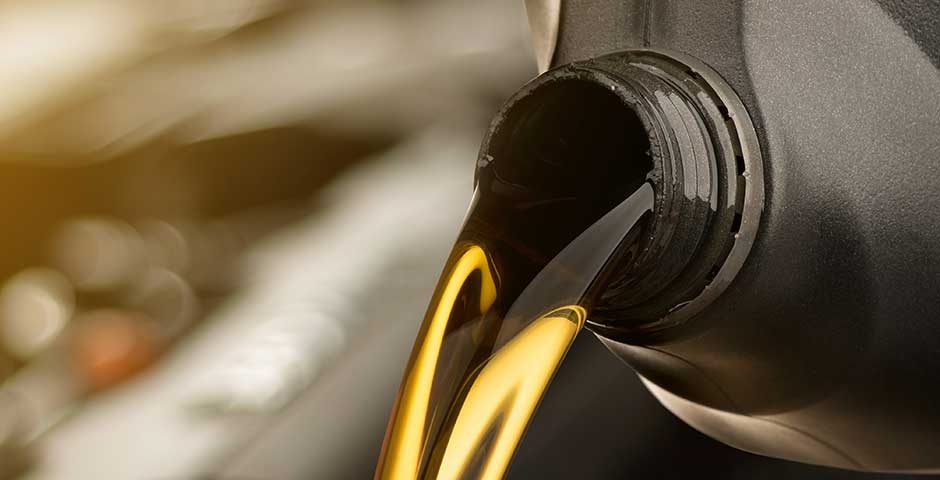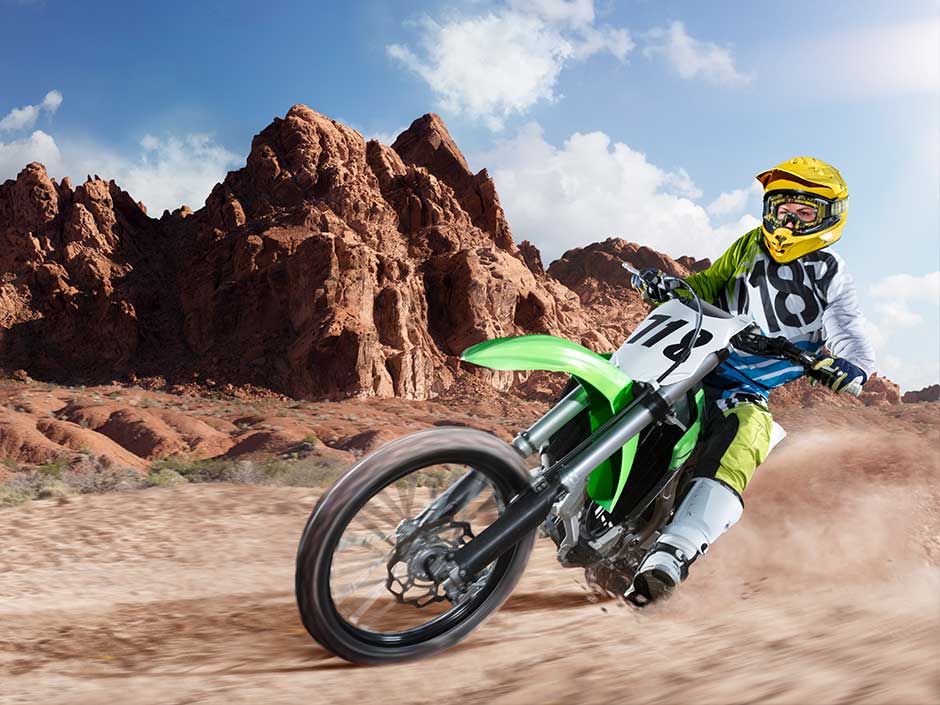What Exactly Do The Multi-Visc Designations Mean?

Why use Bel-Ray Motorcycle Oil?
February 21, 2019
Friction Modified Thumper Racing 4T Engine Oil & Thumper Gear Saver Transmission Oil
February 21, 2019Have you every wondered what does 10W-30 or 20W- 50 mean?
Many people think 10W-30 means that when the oil is cold it has the viscosity of a 10 weight oil and when the oil is hot is has the viscosity of a 30 weight oil. How could you have oil that’s viscosity worked exactly opposite of the physics of the liquid. Oil viscosity is inversely propor tional to temperature, as the temperature of the oil goes up the viscosity goes down.
Oils with 10W-30 and other similar designations are referred to as multi-viscosity oils.
The W stands for winter not weight and there is a standard called the SAE Viscosity Grades for Engine Oils – SAE J300. To label multi-viscosity oil 10W-30 or any of the other multi-viscosity grades, the oil must conform to stringent test parameters performed at low temperatures and high temperatures.
The W or winter number is important for low tem perature performance. Referring to the J300 table, to list a multi-viscosity oil as a 10W the Cranking (cP) max at temperature of -25C (-13F) can not be higher than 7000 and the Pumping (cP) max with no yield stress at tempera ture of -30C (-22F) can not be higher than 60,000. As you can see from the table, the lower the W number the lower the Cranking (cP) at lower temperatures. This means that when your engine is cold the lower the W number the easier the oil will flow.
Now lets look at the high temperature test requirements, we will look at the 10W-30 again. The minimum viscosity of the 10W oil at 100C (212F) is 4.1 cSt. Now comes the chemistry magic. We need the 10W-30 oil to provide the high temperature viscosity of SAE 30 oil. The chemists use additives called viscosity improvers that expand as the temperature increases providing the viscosity necessary and when the temperature cools back down the viscosity improvers shrink. You can think of viscosity improv ers like a slinky, as the temperature increases the slinky opens up increasing the viscosity. The minimum viscosity of the 30 oil at 100C (212F) is 9.3 cSt and the maximum viscosity has to be <12.5 cSt. The final high temperature test is the High Shear Rate (cP) at 150C (302F) minimum. The high shear test minimum for the 30 oil is 2.6 (cP) this means that the oil must not shear down ( or allow the viscosity improvers to get chopped up) more than the stated amount during the test.
Now you know what the multi-vis cosity oil designa tions mean.
Bel-Ray offers a full range of high performance Power sports products.




